“Don’t worry, I don’t get the hype either”
Anna Chwialkowska in collaboration with Lena Jansen
We see a teenager in a bedroom in an oversized hoodie, hair pulled back, effortlessly dancing to a fast-paced rap song. Her precise hand gestures are adorned with long, lilac, acrylic fingernails. The video lasts a minute before it’s already over. We watch it again. And again. And again.
Since Charli D'Amelio started posting short dance videos on TikTok in 2019, she has gained over 100 million followers, quickly becoming the social platforms most-followed creator. TikTok is awash with teenagers, creating and performing short choreographies that are apt for the medium. The short dance choreographies are often alike in content, aesthetics and movement vocabulary. They are simple and easy to learn. The more a video is viewed, liked and reenacted by other TikTok users the faster goes viral. These videos open up a new world of dance that is concurrently extremely intimate and excessively public. However, the offline performance scene and dance research academia seems to belittle or even ignore this viral dance trend that is uniting young people across the globe.
We question why it is an overlooked discourse in contemporary dance research.
‘Don’t worry, I don’t get the hype either’ attempts to dig deeper into the trends, personalities and dynamics that circulate on Tik Tok. Though these short video clips (15 seconds - 3 minutes) seem to take the ephemeral nature of dance performances to the extreme, they simultaneously seal in their own immortality through immediate archiving.
This project discusses TikTok in the framework of archiving practices in dance.
As points of departure, we scrutinise a couple of curious observations;
In May 2022, a TikTok choreography by Jaeden Rae Gomez performed to the song ‘About Damn Time’ by Lizzo became so viral that Lizzo herself performed it at the BET-Award Show in June. The resonance and impact that these dances can have are striking. It seems as though every ordinary individual can proliferate a dance to the point of global acknowledgement. What is it that makes a dance video go viral? Anna and Lena attempt to find commonalities that underline the production processes of some of these clips.
As the first platform to put a special focus on music, with the implementation of song search, Tik Tok has also had a huge impact on the current music industry. Olivia Rodrigo, a pop-singer who gained massive popularity through the app, revealed in a New York Times interview that she wrote and produced the hit ‘Drivers License’ already having in mind how the song could be used on TikTok. We examine the relationship between musicians, dancers and the Tik Tok app today.
The notion of authorship has also become an interesting aspect due to the endless reenacting of the same dances. Since the case of Beyoncé’s music video ‘Countown’ featuring Anne Teresa de Keersmaeker’s well known choreographies; ‘Rosas danst Rosas’ and ‘Achterland’ without credit, the discussion has become increasingly heated. Yet, it seems that a sustainable, legal solution for the issue is yet to be found. We question how dance crediting could be negotiated with the artists best interest in mind.
TikTok has also been under great scrutiny of late for whitewashing and the underrepresentation of black, queer and disabled or non normative bodies. The 2022 Forbes list of top-earning TikTokers is almost completely devoid of BIPOC artists. In June last year, black creators initiated a one-month-strike to raise awareness on the huge amount of dances with origins from the black community going viral without credit. Under the hashtag #BlackTikTokStrike they spoke publicly about the issue.
The mechanisms that facilitate whats known as ‘shadow banning’ are rooted in the extremely effective algorithms. According to Sebastian Matthias (2022), the “political agenda” of these algorithms is closely related to censorship imposed by the Chinese government. The act of repeating theses short choreographies millions of times by different users only aids these algorithm machines in learning to recognise non-desirable bodies to be silently removed from public visibility.
In addition to these events, Anna and Lena’s research will tackle some related topics including;
Recent trends: ‘My money don’t jiggle’, ‘About Damn Time’ and alike - What made them so viral?
The analysis of aesthetics; wardrobe, appearance, setting in space, media format, and movement vocabulary; repetitive gestures, gestures in relation to lyrics, range and volume.
Results of interaction: repeating, reenacting, but also doubling.
Finally, the public discourse around whitewashing and shadow banning? Are there any significant reactions from the TikTok user community towards this critique?
Bibliography:
Matthias, Sebastian (2022): “Choreographien der Angleichung. Digitale Kulturtechniken auf TikTok” pp. 291-311, in: Sabine Huschka/Gerald Sigmund (eds.): Choreographie als Kulturtechnik. Neue Perspektiven. Berlin: Neofelis.
Charli D’Amelio:
George, Cassidy (Sep 5th, 2020): “How Charli D’Amelio Became the Face of TikTok”, New Yorker:
www.newyorker.com/culture/cultural-comment/how-charli-damelio-became-the-face-of-tiktok
Dance credits:
Setty, Rddhi: “TikTok Dance Creators Struggle to Win Credit and Copyrights”, Bloomberg Law:
news.bloomberglaw.com/ip-law/tiktok-dance-creators-struggle-to-win-credit-and-copyrights
TikTok choreographers:
Tait, Amelia (Aug 18th, 2020): “Meet the choreographers behind some of TikTok’s most viral dances”,
wired: https://www.wired.co.uk/article/tik-tok-dances
Whitewashing:
Pearce, Sheldon (Sep 9th, 2020): “The Whitewashing of Black Music on TikTok”, New Yorker:
www.newyorker.com/culture/cultural-comment/the-whitewashing-of-black-music-on-tiktok
Saint-Louis, Tai (Jan 21st, 2022): “PLAYING CATCH UP: THE ABSENCE OF BLACK CREATORS ON FORBES’ TIKTOK LIST HIGHLIGHTS A BIGGER ISSUE”, Black Enterprise:
www.blackenterprise.com/playing-catch-up-the-absence-of-black-creators-on-forbes-tiktok-list-highlights
-a-bigger-issue/
McClay, Cashe (July 15th, 2021): “Why black TikTok creators have gone on strike”, BBC News:
www.bbc.com/news/world-us-canada-57841055
Music Industry
Whiele, Benedikt; Rodrian, Rebecca (Aug 3rd, 2022): “Wie TikTok die Popmusik verändert”, SWR3:
Image credits: TikTok / charli d’amelio, lizzo, jess qualter
Bios
Anna Chwialkowska is an anthropologist, dancer an dramaturg based in Berlin. Completing a dance education at the Dance Intensive Program at Tanzfabrik Berlin, Anna has since performed works by Danilo Andrés, Breeanne Saxton and David Bloom. As a freelance artist, she works as production manager and dramaturgical advisor for Sergiu Matis, and research associate in the Moving Margins project curated by Sasha Portyannikova and Nitsan Margaliot. From 2016-2020 she has been working as project coordinator in the Anthropocene Curriculum project at Haus de Kulturen der Welt, Berlin. Her personal creative research deals with strategies and means with which humans make sense of the world (e. g. through science, religion, or language). Her performative works include A Line Makes Sense and Forschung aktuell both presented in 2022 at Tanzfabrik Berlin. Her academic studies include a B.A. in Social and Cultural Anthropology, Spanish and M.A. in Cultural Studies. She is currently pursuing a PhD at Hochschule für Musik und Tanz in Köln, focusing on knowledge production in dance at the intersection of language and the body.
Lena Jansen is a freelance journalist based in Leipzig. She is also currently completing her Bachelor’ degree in Political Science. She works primarily as a social media journalist for funk, a German public content network aimed at young adults. Besides reporting through social media platforms like TikTok and Instagram, she is researching their social dynamics and implements them in her work. In her current studies, she focuses on (online) political education and the political systems in both Germany and Poland.
Since Charli D'Amelio started posting short dance videos on TikTok in 2019, she has gained over 100 million followers, quickly becoming the social platforms most-followed creator. TikTok is awash with teenagers, creating and performing short choreographies that are apt for the medium. The short dance choreographies are often alike in content, aesthetics and movement vocabulary. They are simple and easy to learn. The more a video is viewed, liked and reenacted by other TikTok users the faster goes viral. These videos open up a new world of dance that is concurrently extremely intimate and excessively public. However, the offline performance scene and dance research academia seems to belittle or even ignore this viral dance trend that is uniting young people across the globe.
We question why it is an overlooked discourse in contemporary dance research.
‘Don’t worry, I don’t get the hype either’ attempts to dig deeper into the trends, personalities and dynamics that circulate on Tik Tok. Though these short video clips (15 seconds - 3 minutes) seem to take the ephemeral nature of dance performances to the extreme, they simultaneously seal in their own immortality through immediate archiving.
This project discusses TikTok in the framework of archiving practices in dance.
As points of departure, we scrutinise a couple of curious observations;
In May 2022, a TikTok choreography by Jaeden Rae Gomez performed to the song ‘About Damn Time’ by Lizzo became so viral that Lizzo herself performed it at the BET-Award Show in June. The resonance and impact that these dances can have are striking. It seems as though every ordinary individual can proliferate a dance to the point of global acknowledgement. What is it that makes a dance video go viral? Anna and Lena attempt to find commonalities that underline the production processes of some of these clips.
As the first platform to put a special focus on music, with the implementation of song search, Tik Tok has also had a huge impact on the current music industry. Olivia Rodrigo, a pop-singer who gained massive popularity through the app, revealed in a New York Times interview that she wrote and produced the hit ‘Drivers License’ already having in mind how the song could be used on TikTok. We examine the relationship between musicians, dancers and the Tik Tok app today.
The notion of authorship has also become an interesting aspect due to the endless reenacting of the same dances. Since the case of Beyoncé’s music video ‘Countown’ featuring Anne Teresa de Keersmaeker’s well known choreographies; ‘Rosas danst Rosas’ and ‘Achterland’ without credit, the discussion has become increasingly heated. Yet, it seems that a sustainable, legal solution for the issue is yet to be found. We question how dance crediting could be negotiated with the artists best interest in mind.
TikTok has also been under great scrutiny of late for whitewashing and the underrepresentation of black, queer and disabled or non normative bodies. The 2022 Forbes list of top-earning TikTokers is almost completely devoid of BIPOC artists. In June last year, black creators initiated a one-month-strike to raise awareness on the huge amount of dances with origins from the black community going viral without credit. Under the hashtag #BlackTikTokStrike they spoke publicly about the issue.
The mechanisms that facilitate whats known as ‘shadow banning’ are rooted in the extremely effective algorithms. According to Sebastian Matthias (2022), the “political agenda” of these algorithms is closely related to censorship imposed by the Chinese government. The act of repeating theses short choreographies millions of times by different users only aids these algorithm machines in learning to recognise non-desirable bodies to be silently removed from public visibility.
In addition to these events, Anna and Lena’s research will tackle some related topics including;
Recent trends: ‘My money don’t jiggle’, ‘About Damn Time’ and alike - What made them so viral?
The analysis of aesthetics; wardrobe, appearance, setting in space, media format, and movement vocabulary; repetitive gestures, gestures in relation to lyrics, range and volume.
Results of interaction: repeating, reenacting, but also doubling.
Finally, the public discourse around whitewashing and shadow banning? Are there any significant reactions from the TikTok user community towards this critique?
Bibliography:
Matthias, Sebastian (2022): “Choreographien der Angleichung. Digitale Kulturtechniken auf TikTok” pp. 291-311, in: Sabine Huschka/Gerald Sigmund (eds.): Choreographie als Kulturtechnik. Neue Perspektiven. Berlin: Neofelis.
Charli D’Amelio:
George, Cassidy (Sep 5th, 2020): “How Charli D’Amelio Became the Face of TikTok”, New Yorker:
www.newyorker.com/culture/cultural-comment/how-charli-damelio-became-the-face-of-tiktok
Dance credits:
Setty, Rddhi: “TikTok Dance Creators Struggle to Win Credit and Copyrights”, Bloomberg Law:
news.bloomberglaw.com/ip-law/tiktok-dance-creators-struggle-to-win-credit-and-copyrights
TikTok choreographers:
Tait, Amelia (Aug 18th, 2020): “Meet the choreographers behind some of TikTok’s most viral dances”,
wired: https://www.wired.co.uk/article/tik-tok-dances
Whitewashing:
Pearce, Sheldon (Sep 9th, 2020): “The Whitewashing of Black Music on TikTok”, New Yorker:
www.newyorker.com/culture/cultural-comment/the-whitewashing-of-black-music-on-tiktok
Saint-Louis, Tai (Jan 21st, 2022): “PLAYING CATCH UP: THE ABSENCE OF BLACK CREATORS ON FORBES’ TIKTOK LIST HIGHLIGHTS A BIGGER ISSUE”, Black Enterprise:
www.blackenterprise.com/playing-catch-up-the-absence-of-black-creators-on-forbes-tiktok-list-highlights
-a-bigger-issue/
McClay, Cashe (July 15th, 2021): “Why black TikTok creators have gone on strike”, BBC News:
www.bbc.com/news/world-us-canada-57841055
Music Industry
Whiele, Benedikt; Rodrian, Rebecca (Aug 3rd, 2022): “Wie TikTok die Popmusik verändert”, SWR3:
Image credits: TikTok / charli d’amelio, lizzo, jess qualter
Bios
Anna Chwialkowska is an anthropologist, dancer an dramaturg based in Berlin. Completing a dance education at the Dance Intensive Program at Tanzfabrik Berlin, Anna has since performed works by Danilo Andrés, Breeanne Saxton and David Bloom. As a freelance artist, she works as production manager and dramaturgical advisor for Sergiu Matis, and research associate in the Moving Margins project curated by Sasha Portyannikova and Nitsan Margaliot. From 2016-2020 she has been working as project coordinator in the Anthropocene Curriculum project at Haus de Kulturen der Welt, Berlin. Her personal creative research deals with strategies and means with which humans make sense of the world (e. g. through science, religion, or language). Her performative works include A Line Makes Sense and Forschung aktuell both presented in 2022 at Tanzfabrik Berlin. Her academic studies include a B.A. in Social and Cultural Anthropology, Spanish and M.A. in Cultural Studies. She is currently pursuing a PhD at Hochschule für Musik und Tanz in Köln, focusing on knowledge production in dance at the intersection of language and the body.
Lena Jansen is a freelance journalist based in Leipzig. She is also currently completing her Bachelor’ degree in Political Science. She works primarily as a social media journalist for funk, a German public content network aimed at young adults. Besides reporting through social media platforms like TikTok and Instagram, she is researching their social dynamics and implements them in her work. In her current studies, she focuses on (online) political education and the political systems in both Germany and Poland.

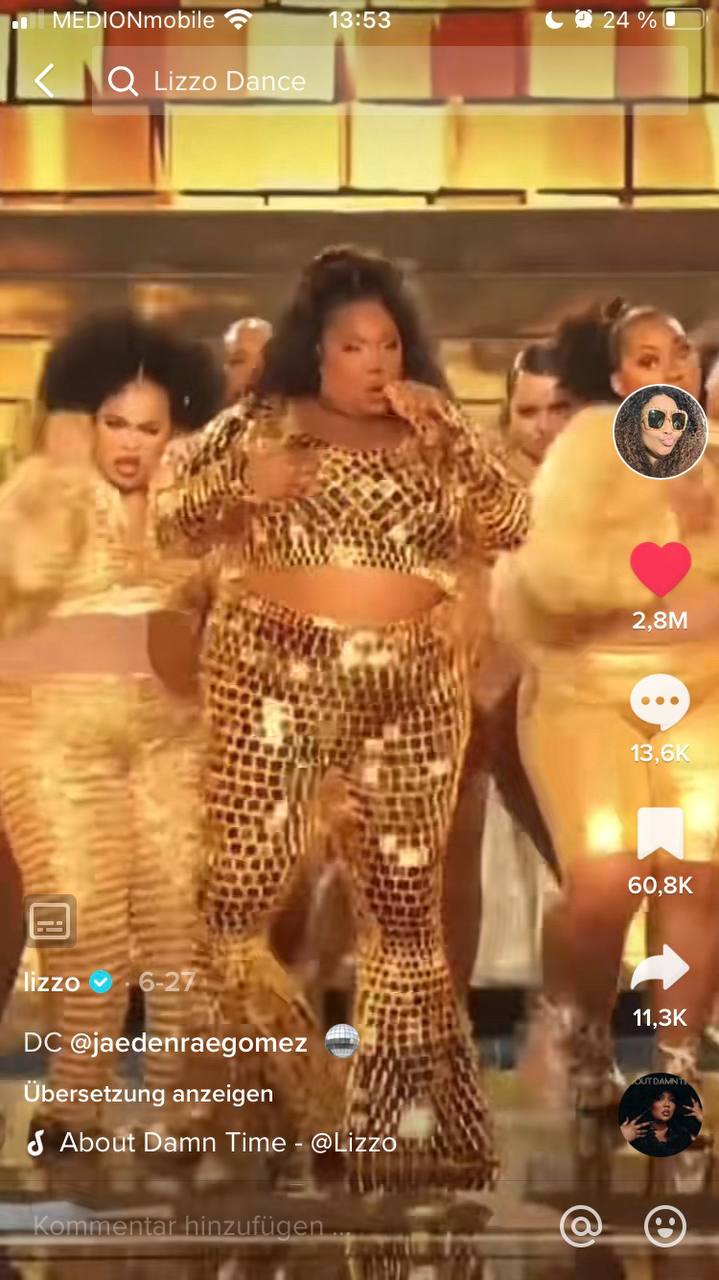
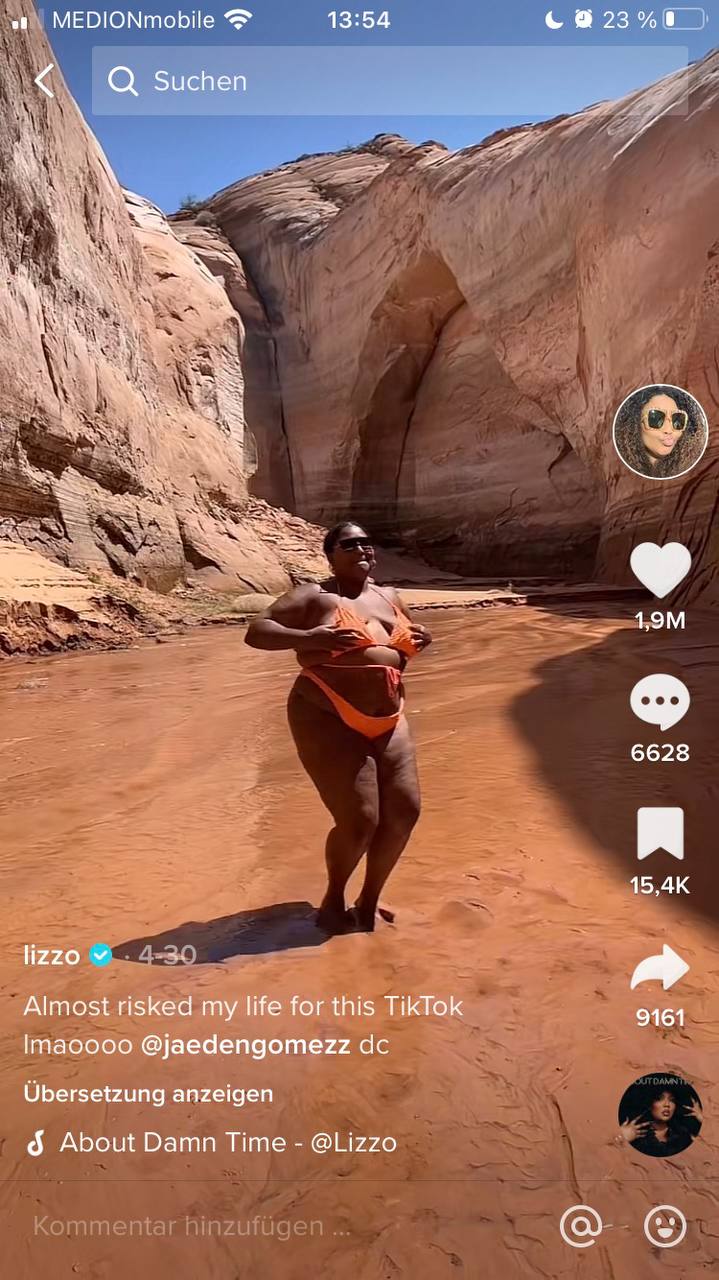
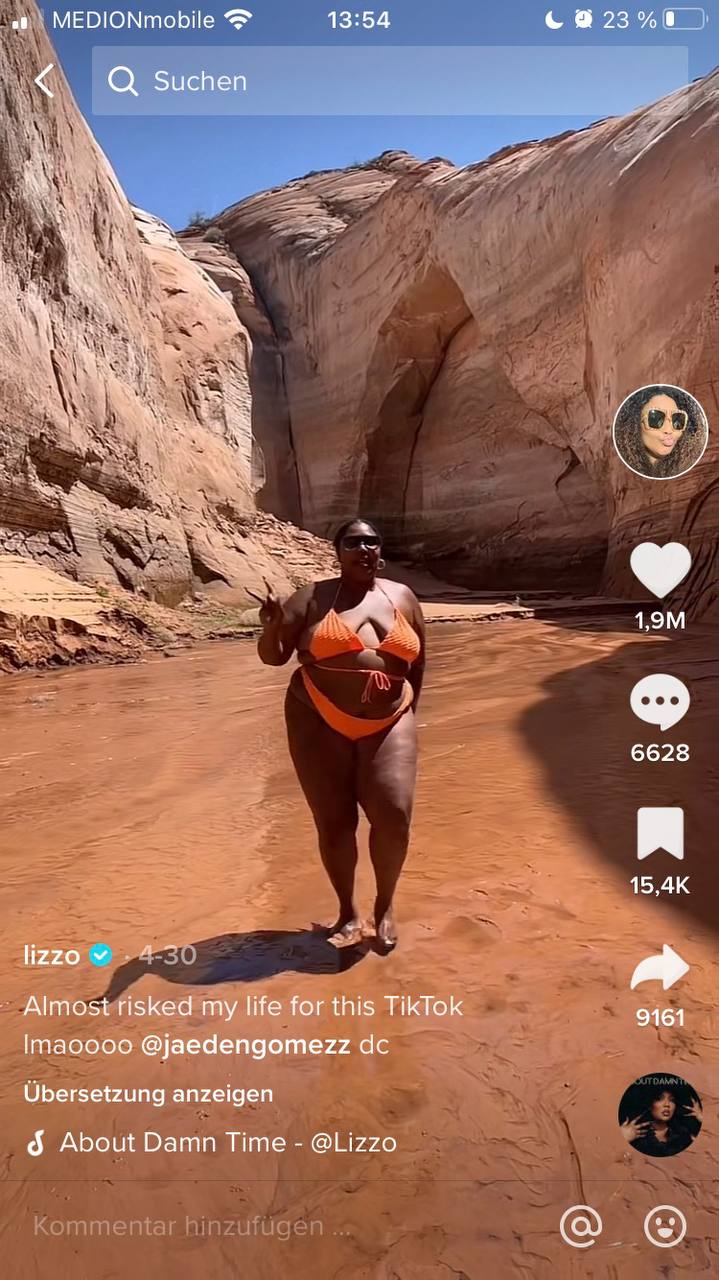
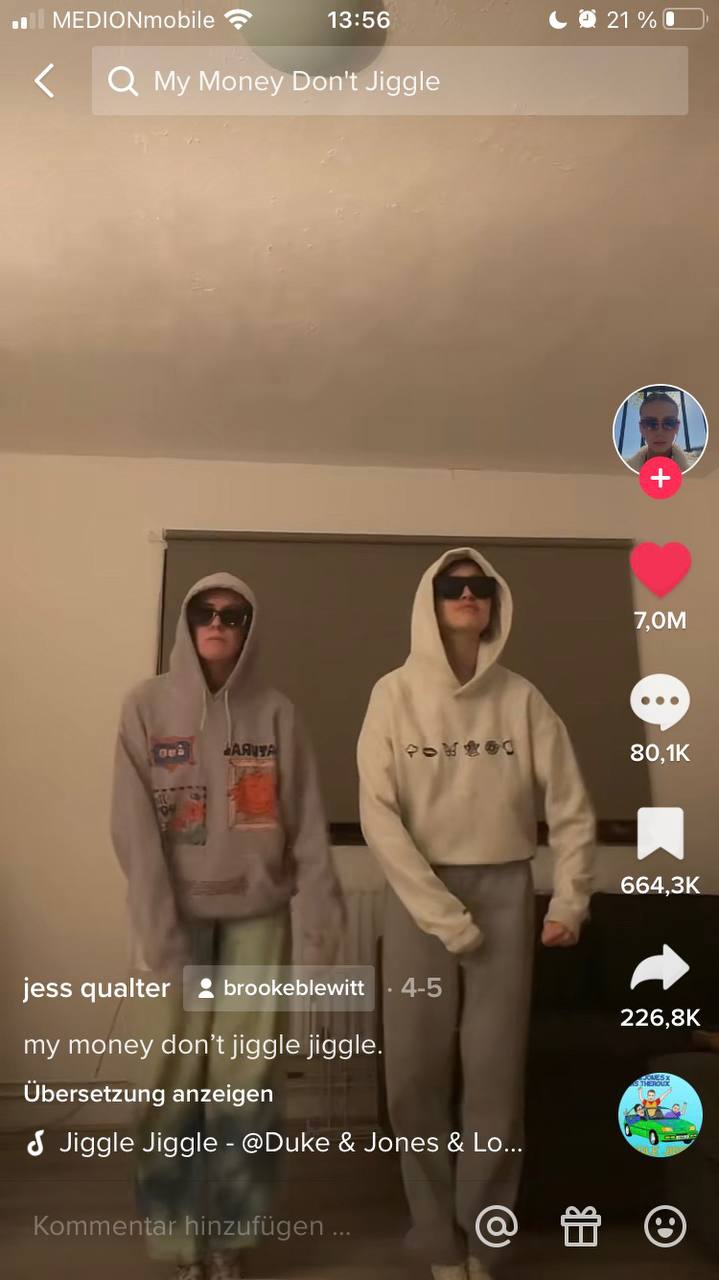
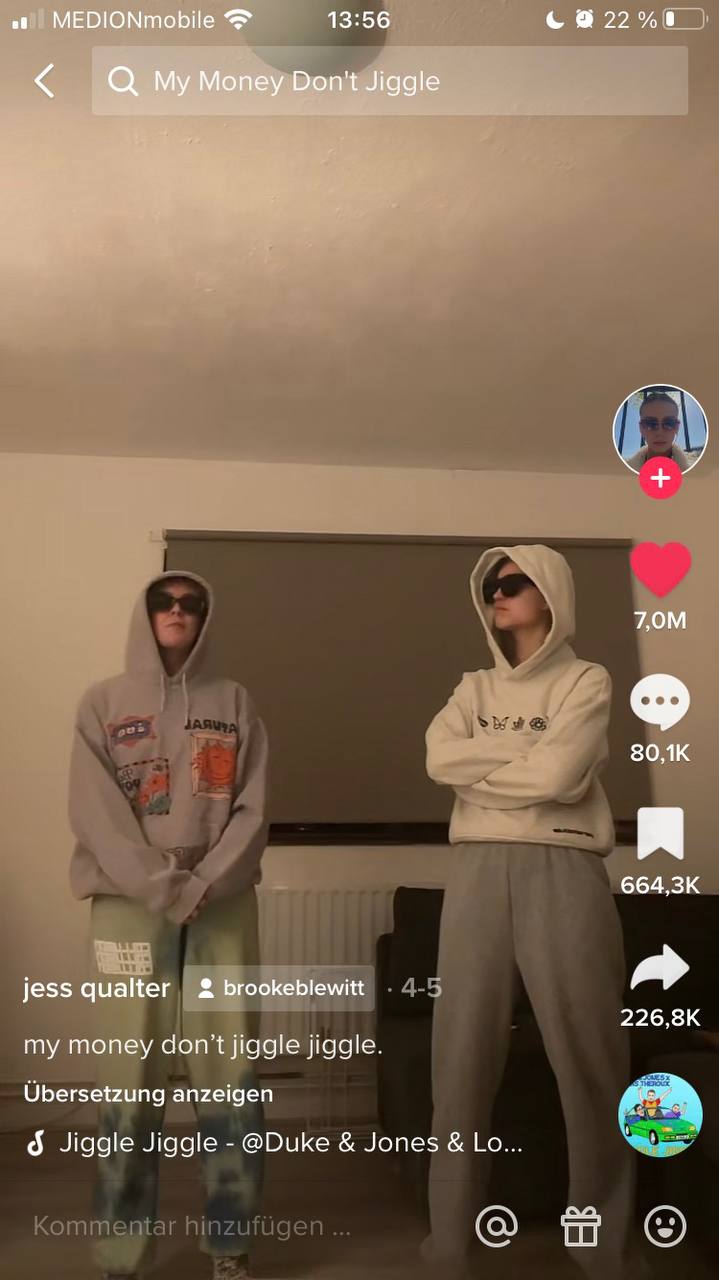
Moving Margins Chapter II
moving arti|facts from the margins of dance archives
into accessible scores and formats

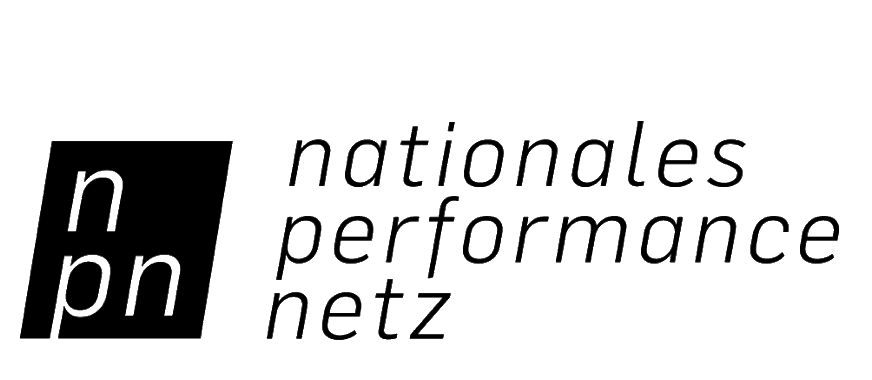
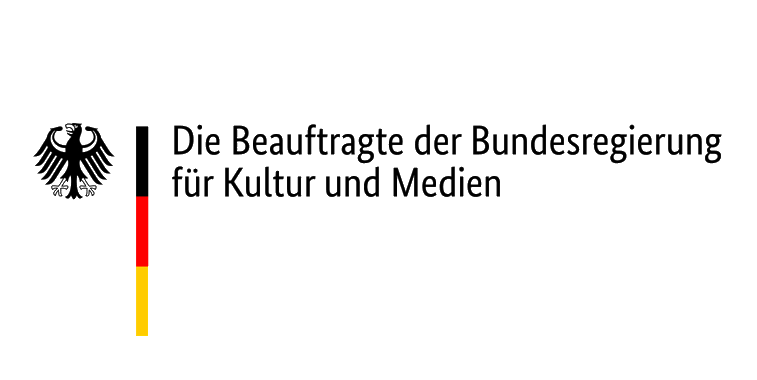
Supported by the NATIONAL PERFORMANCE NETWORK
- STEPPING OUT, funded by the Federal Government
Commissioner for Culture and Media within the
framework of the initiative NEUSTART KULTUR.
Assistance Program for Dance.
artistic researches
Supported by the NATIONAL PERFORMANCE NETWORK
- STEPPING OUT, funded by the Federal Government
Commissioner for Culture and Media within the
framework of the initiative NEUSTART KULTUR.
Assistance Program for Dance.
© 2021 All rights reserved to Sasha Portyannikova, Nitsan Margaliot and the interviewees.

